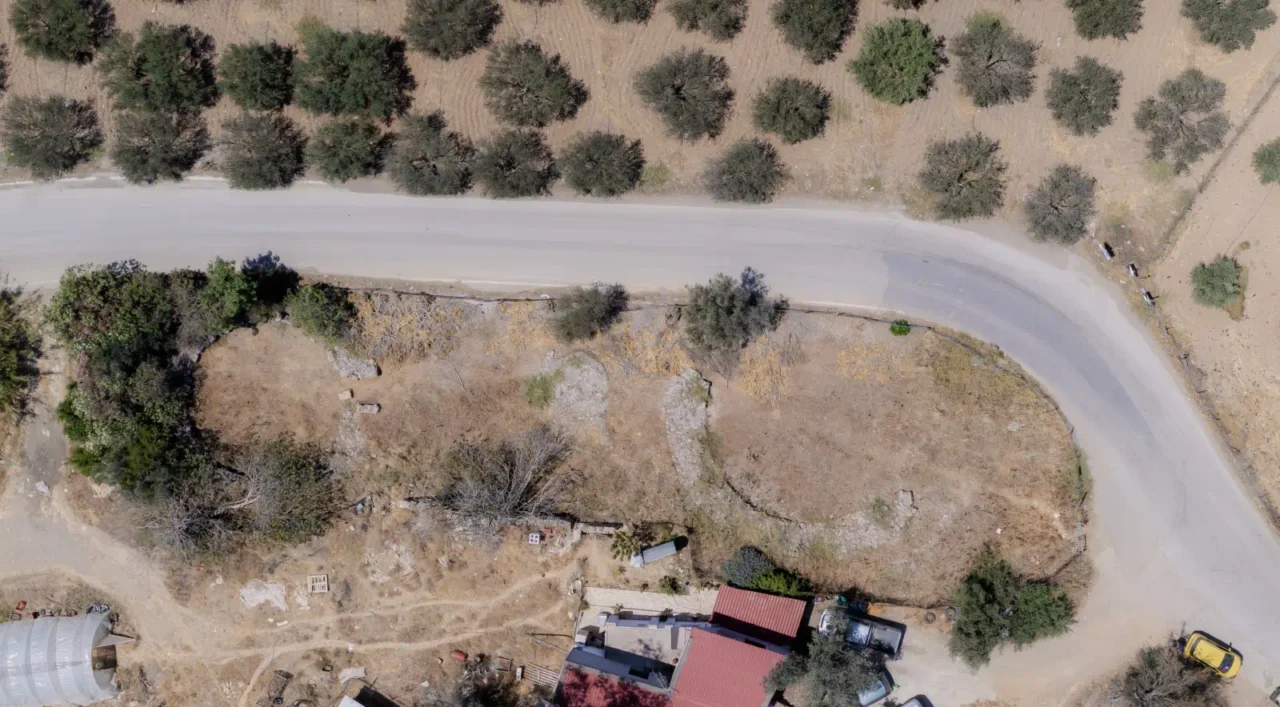
The Minoan tholos tombs at Platanos, located 150 meters west of Platanos village in the Messara Plain of Crete, are a significant archaeological site that has shed light on the funerary practices and material culture of the Minoan civilization during the Prepalatial period (c. 3200-2000 BC). The site, excavated in the early 20th century by Stephanos Xanthoudidis, consists of three tholos tombs (circular, beehive-shaped burial chambers) and a paved courtyard.
Discovery and Excavation
The tombs were discovered by villagers who stumbled upon them while preparing to build a new church. Xanthoudidis’s subsequent excavations revealed a complex of three tholos tombs (labeled A, B, and C) with small rooms attached to the east and a paved courtyard in between. Tomb A, the largest of the three, had an internal diameter of 13 meters and was constructed with small stones. Tomb B was smaller and better preserved, while Tomb C was found in a ruined state.
Architectural Significance
The Platanos tombs are notable for their architectural features, which challenged previous assumptions about Minoan tholos construction. Xanthoudidis’s meticulous measurements of the stone volumes used in Tomb B led him to conclude that these tombs were genuinely vaulted structures made of stone, rather than simple enclosures with perishable roofs. This finding was later confirmed by excavations at other sites, solidifying our understanding of Minoan tholos tomb construction techniques.
Burial Assemblage
The tombs at Platanos yielded a rich and diverse array of artifacts, including:
- Numerous seals made of ivory, faience, and various stones, with diverse shapes such as zoomorphic, cylindrical, prismatic, conical, pyramidal, and triangular.
- Figurines and pottery vessels in various shapes and styles, including pyxides, amphorae, jugs, plates, ladles, cups, kylikes, and zoomorphic vessels.
- Stone vessels and utensils, such as kernoi (offering tables), conical rhyta, chalices, bowls, and tubular vessels.
- Gold jewelry, including pendants of various shapes, beads, ribbons, appliques, and heart-shaped ornaments.
- A silver pin with an inscription in Linear A script.
- Other artifacts made of various materials, such as bronze tools and weapons (daggers, cutters, tweezers, double axes).
Significance and Wider Context
The artifacts discovered at Platanos, along with those from other sites like Agia Triada, Odigitria, Koumasa, and Lentas, provide compelling evidence of the high standard of living and cultural sophistication enjoyed by the inhabitants of the Asterousia region during the Prepalatial and Protopalatial periods. The presence of imported objects, such as an ancient Babylonian cylinder seal made of hematite and Egyptian scarabs, also highlights the extensive trade networks and cultural exchange that connected Crete with other civilizations in the Eastern Mediterranean.
Archaeological Site: Key Points
- Construction Period: Prepalatial period (c. 3200-2000 BC)
- Location: 150 meters west of Platanos village, Messara Plain, Crete
- Dimensions: Tomb A has an internal diameter of 13 meters.
- Historical Significance: The site provides valuable insights into Minoan funerary practices, social organization, and material culture during the Prepalatial period. It also sheds light on the region’s connections with other civilizations in the Eastern Mediterranean.
- Current Status: Excavated and surveyed, with ongoing research and analysis of the artifacts and the site’s context.


















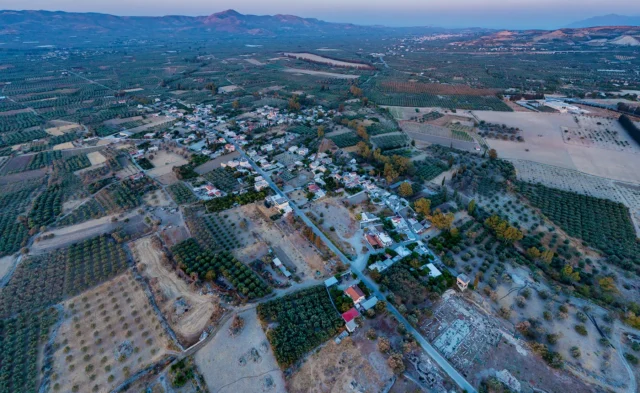
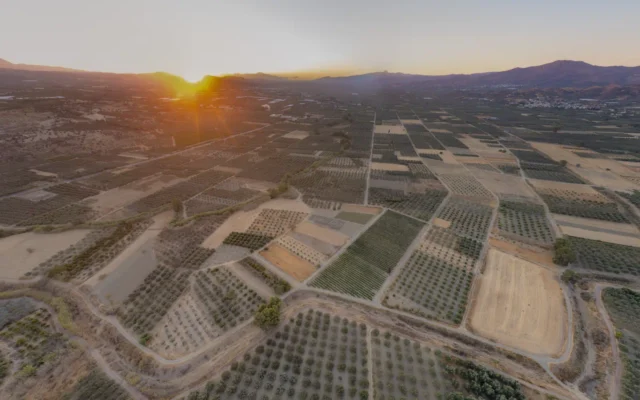


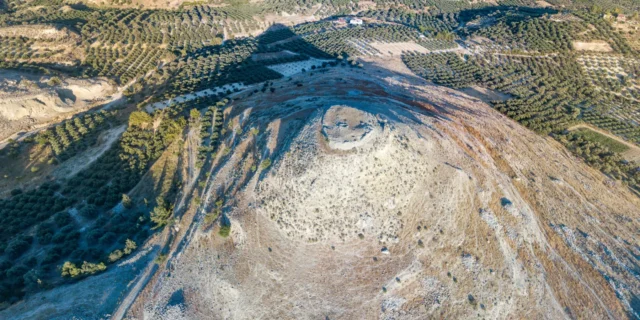
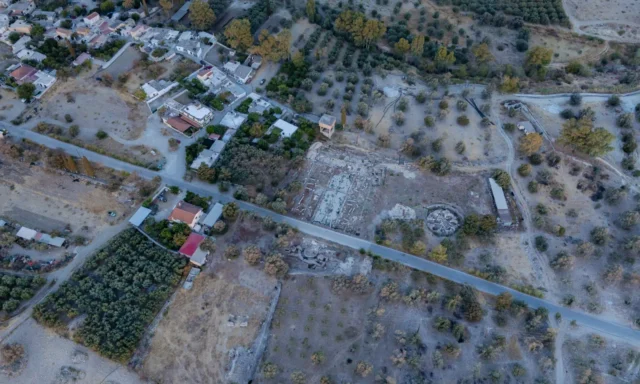
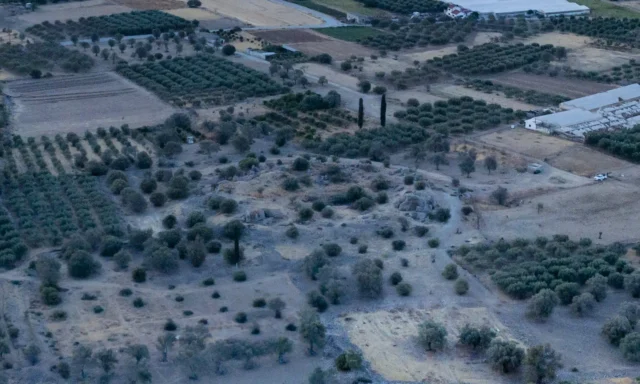
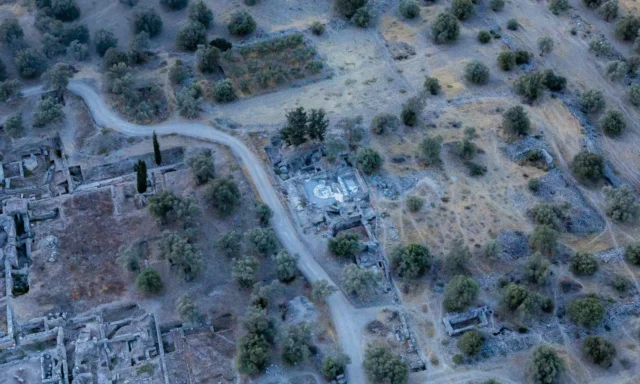
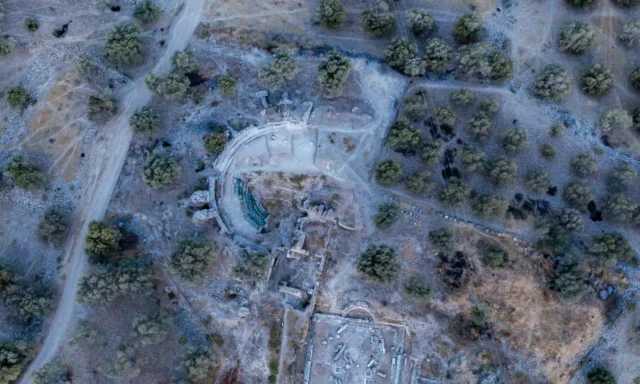
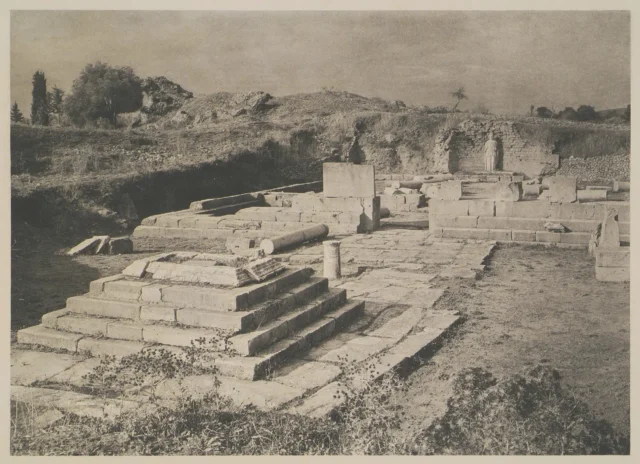

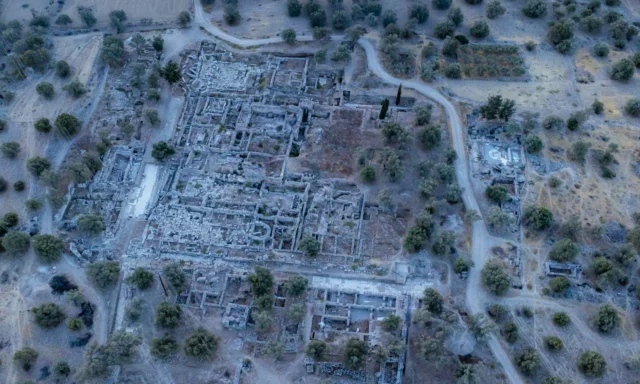
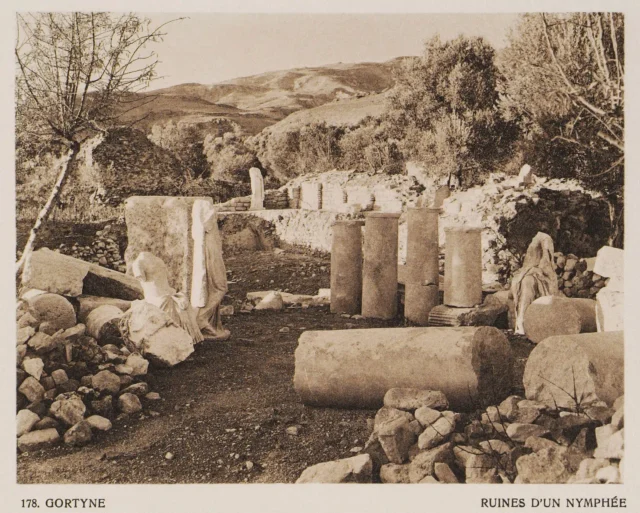
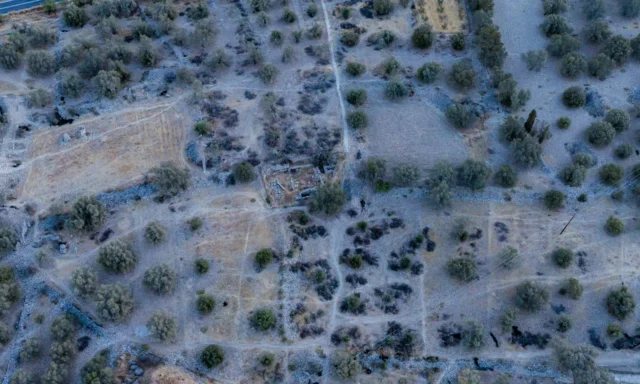

There are no comments yet.